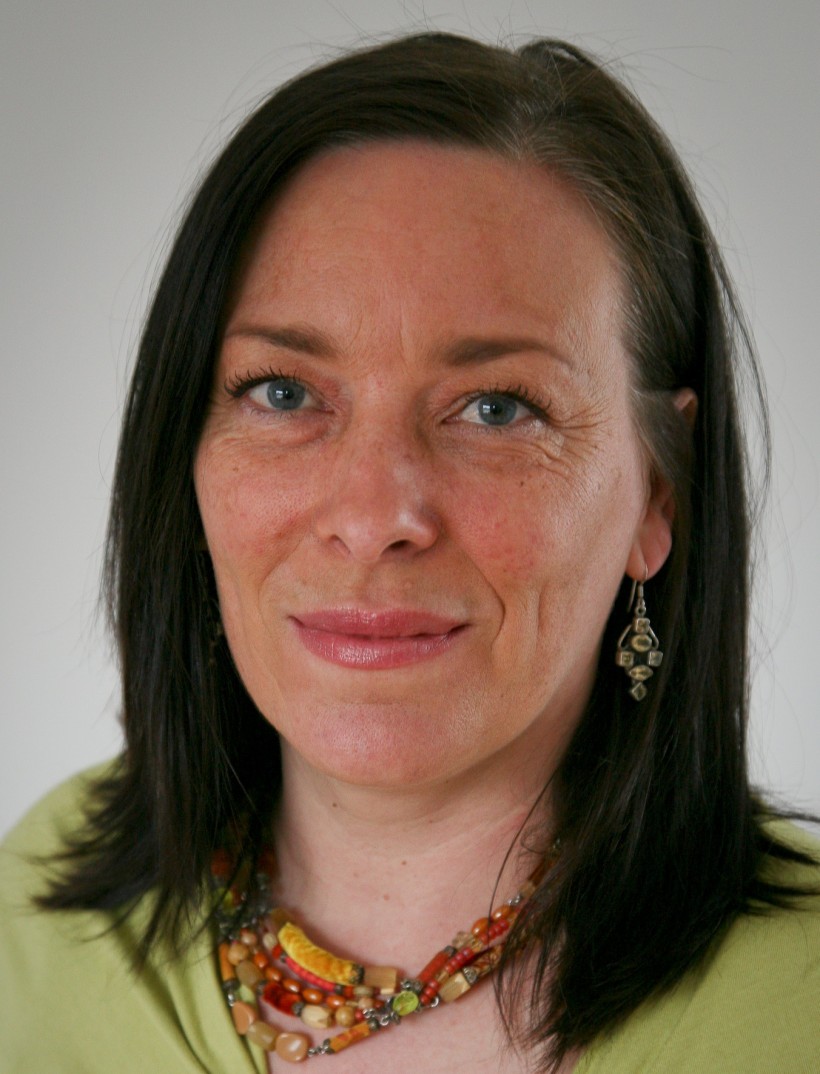Homeowners may be a little safer and their homes better renovated now that a new series of online learning programs has been created by Nova Scotia-based energy-efficiency company Blue House Energy.
Shawna Henderson, company CEO, has written three programs for workers involved in building and renovating homes. Until now, Henderson said, there has been nothing generic that teaches workers about building science. The term describes the physics of a building. It teaches that the house is a system that is impacted by things like heat, air and moisture flows, occupant activity and external temperature.
“Everyone working on a building should understand the basics of building science because everything that’s done to a house affects the performance of the house, including the amount of energy used and the health of the occupants,” Henderson said.
“It always surprises me that hairstylists require a licence to cut hair, although if you get a bad cut, the hair grows out. If a contractor does a bad job of air-sealing work on your house, they can make you very sick or kill you, but there’s no need for anyone doing that kind of work to have a licence in either Canada or the U.S.”
Henderson said that because the different tradespeople working on a house tend to understand only their own job, energy-efficiency measures are easily damaged. “A plumber, electrician or drywaller can be doing their job and knock holes in or puncture air barriers.
“In a new build, such as with an R-2000 house, that may mean the house fails to get certification. On the other hand, if air sealing work is carried out on an older house without considering the whole house as a system, simultaneous use of something like an old oil boiler and a bathroom fan may depressurize the house and pull combustion products back into the building. There have been lawsuits related to this in the States.”
A building technologist, originally from British Columbia, Henderson has 25 years’ experience as a designer of green homes and a planner of deep energy retrofits (making existing homes energy efficient).
The task force is composed of representatives from Canada, the U.S. and Mexico who, since 1994, have collaborated in protecting the environment through the North American Agreement on Environmental Cooperation, which came into force at the same time as the North American Free Trade Agreement and aims to ensure that liberalization of trade and economic growth is accompanied by environmental protection.
She started Blue House Energy with Hal Richman, the company’s chief operating officer, in October 2012. Through their work with homeowners and organizations to reduce energy consumption through their sister company, Bfreehomes Design Ltd., Henderson began writing the online courses in October 2013 and plans to write more.
She and Richman are hoping their courses will be taken up by workers who recognize that obtaining certification in building science will allow them to stand out from their peers and create professional niches.
The courses are already being used to provide continuing education credits by the Building Performance Institute in the U.S. Henderson also said that a multinational company is about to pilot the courses with its sales people, distributors, installers and other staff.
“Everything we do is based on the statement: ‘It’s not OK to waste energy,’” Henderson said. “It makes me crazy that I’ve been doing this for more than two decades and it’s the same roadblocks: tradespeople are experts in their own areas, but there’s not necessarily any transfer of information between them to improve energy efficiency.”










